You already know that I am a total defender of seasonal food .
I consider as the best option to consume the products offered by the garden, the sea or the farm, at the moment when they are in their splendor, both in quality and quantity.
Well the same thing happens to me with recipes, I love preparing the dishes of each time of the year depending on the best ingredients, including a very important one, tomato .
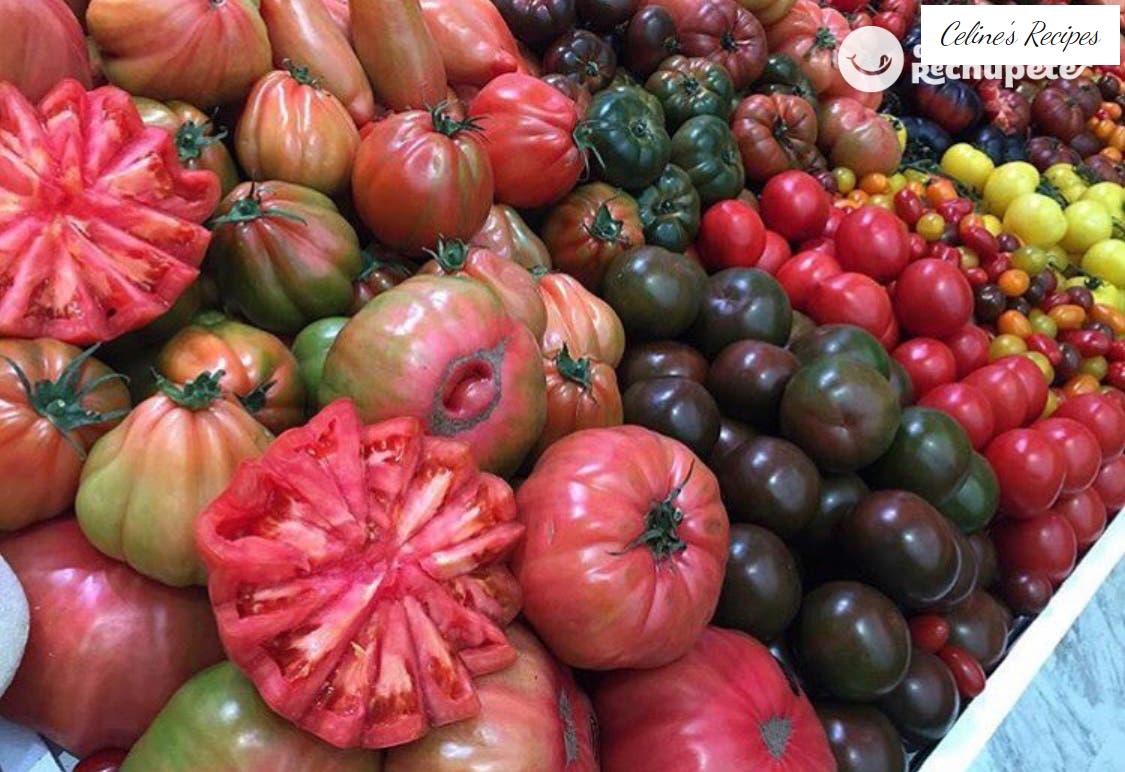
” Take tomato, take, IA, o! ”
¿ Who has not sung and played palms as well? However, now, with the perspective given by the passage of time, I must admit that the message went beyond the innocent children’s game.
I have grown up with that internalized cantinela and I think that whoever popularized it had a very clear intention: to promote tomato consumption among the little ones (in addition to entertaining, of course!).
The truth is that introducing this food into the diet very early can be beneficial both for health and for the future dining room or diner .
Because although when we were playing palms we were not yet aware of it, the tomato has numerous benefits for our body and, in addition, it is present in the vast majority of our daily recipes.
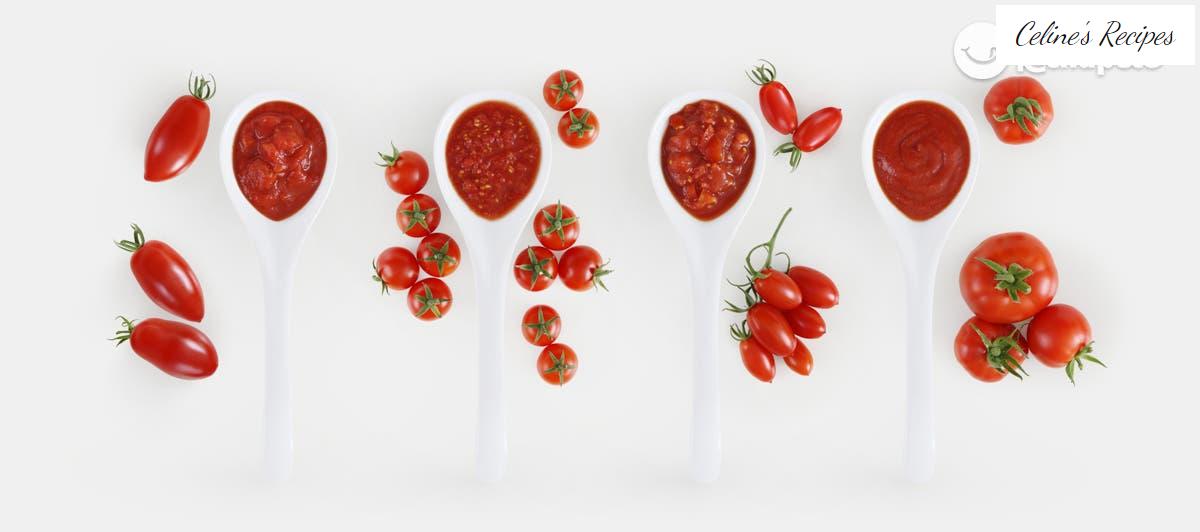
Do we know what tomato is?
But, let us start at the beginning. Do we know what tomato is? Tomato is a fruit that, unlike other fruits, which we usually associate with dessert, appetizer, snack, something sweet, is used, mainly in salty dishes in our kitchen.
It has a bittersweet flavor due to the small amount of simple sugars and some organic acids, such as citric and malic, which are responsible for making it appetizing and digestive.
It comes from the American continent, specifically from Peru. In Europe it began to be cultivated for consumption at the end of the 18th century.
Today there is a great variety of tomatoes on the market: cherry, raf, kumato, pear, ox heart, hanging … Around 20,000 varieties have been developed with different shapes, colors and even aromas.
Although as my mother says, ” no one knows like the one at home .”

Tomato benefits
Tomato varieties are as many as its benefits . It is not strange that the WHO recommends its consumption.
Let’s start by exposing its nutritional value . Then we will translate all those properties into direct benefits for the consumer . We can say that 100 grams of tomato contain :
- 22 kilocalories
- 1g protein
- 0.11g total fat
- 11mg Calcium
- 0.6mg Iron
- 0’11mg Vitamin A
- 18mg Vitamin C
- 0’11mg Vitamin B6
- 1’2mg Vitamin E
- 3.5g carbohydrates
- 1.4g Fiber
- 94g Water
- 10mg Magnesium
- 0.22mg Zinc
- 3mg Sodium
- 290mg Potassium
- 27mg phosphorus
And all that in just 100 grams of tomato! Therefore, we are talking about a very complete food on a nutritional level. But, to all this, we must now add or explain the benefits that all these values bring to our body and our health.
Protects eyesight
Like the carrot, the tomato contains Vitamin A, a vitamin that is also known as retinol , since it favors good vision , especially in low light, and protects our eyes from various diseases.
Prevents aging
In addition, vitamin A along with the great antioxidant properties of tomato, is a natural remedy against aging . It helps us maintain healthy teeth, soft and bony tissues, mucous membranes, and skin.
Improves circulation
The iron in the tomato is important. This micro-mineral is essential in the transport of oxygen and, therefore, the good condition of the blood circulation, therefore its consumption helps prevent cardiovascular diseases .
Potassium, for example, is ideal for regulating blood pressure and avoiding the danger associated with ischemic diseases.
On the other hand, the lycopene present in tomatoes regulates the levels of bad cholesterol (LDL), therefore, reduces the level of triglycerides in the blood.
Facilitates intestinal transit
The high fiber content of tomato makes it a perfect ally for people suffering from constipation . In this sense, it prevents many diseases related to the gastrointestinal organs.
Avoid liquid retention
Tomato is a diuretic : it contains potassium and low levels of sodium. These components promote the elimination of toxins and prevent fluid retention.
Antioxidant
Its rich content of vitamin E and lycopene make it a magnificent antioxidant. This means that it effectively protects our health , cares for our body and prevents serious diseases such as cancer, myocardial infarction, stroke, some neurodegenerative processes or the immune system.
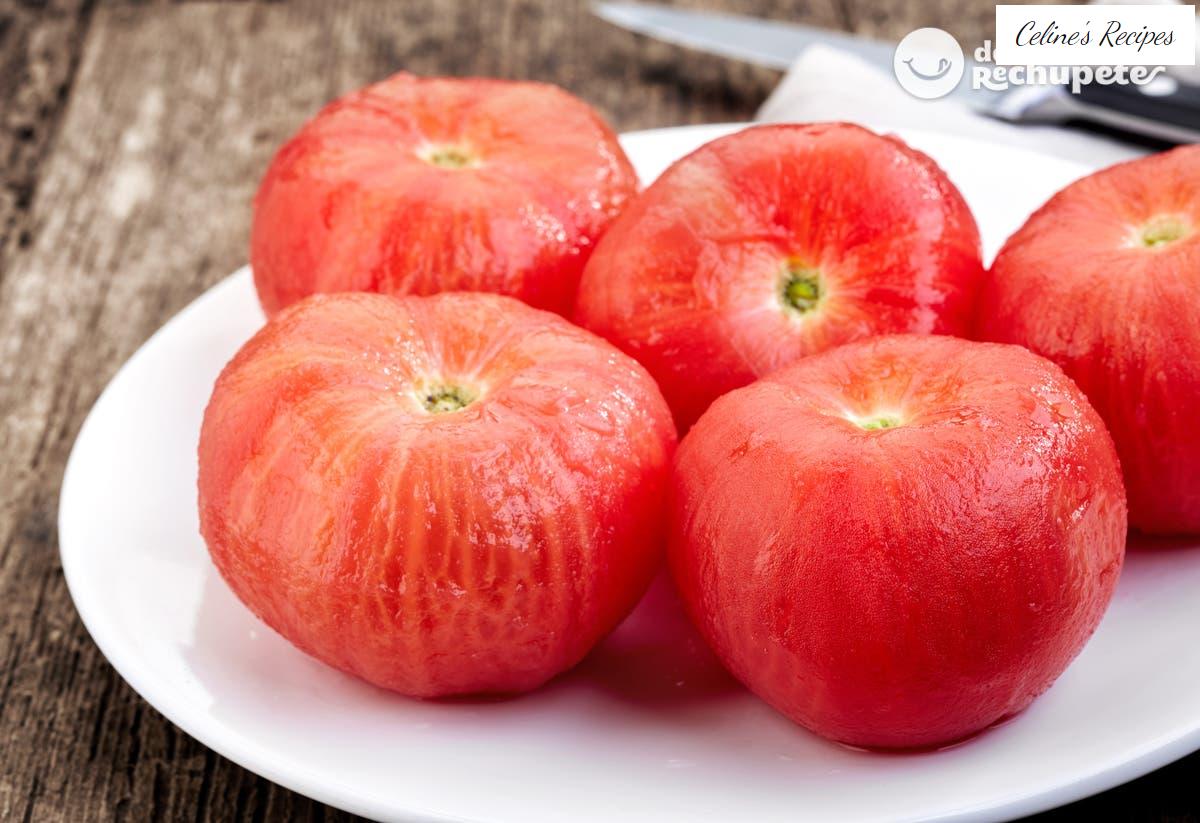
Tomato in food (healthy)
Like its many properties and benefits, tomato is a very versatile food that you can consume in countless ways. In fact, the daily consumption of tomato improves our health, but also our dishes.
Tomato can be eaten raw , but also in other recipes. It can be cooked in many different ways: fried, steamed, stewed, or baked .
This is the best way to focus your flavor and keep it juicy. In fact, when we cook the tomato its antioxidant power is further enhanced .
For this reason, the most abundant sources of lycopene are purees, sauces and concentrates, especially if they are made with ripe seasonal tomatoes and olive oil, which favors their absorption.
The most common form of consumption of raw tomato is in salad . Tomato works well with onion, celery, olives, but also with eggplant and garlic. If we mix it with cucumber, pepper, potato or avocado we will enhance its refreshing quality .
But it is also very common to eat the tomato alone, seasoned with salt, oil, and sometimes vinegar.
Another way to take the raw tomato is rubbed or spread on bread (sometimes with garlic) and washed with a good extra virgin olive oil.
In addition to oregano, thyme or basil, tomato is especially delicious with fresh coriander leaves .
It also goes well with spicy flavors. This is how it is usually prepared in the countries of origin.
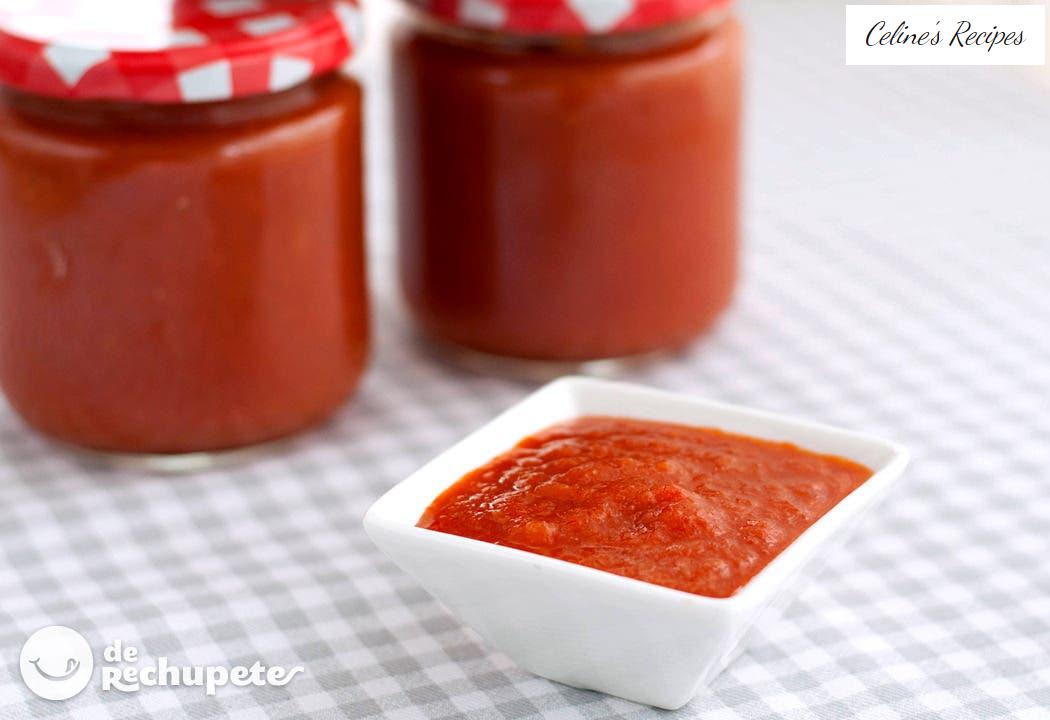
Our best tomato recipes
Among the cooked recipes that we make the most every day are stews, such as the one that accompanies our meatballs with tomato , the traditional meat stew or, of course, a large number of recipes with fish such as bonito in tomato .
We cannot forget the sauces , the juices, or the tomato soup or the different types of cold tomato soups , such as gazpacho or salmorejo .
In these cases we must use sugar as an ally to combat the acidity of the tomato.
Forget us that in some recipes we must use the peeled tomato. For this we have our advice on how to peel tomatoes , super easy.
One more tip : to better preserve your tomatoes, store them at room temperature and protect them from light . It is not recommended to put them in the fridge since they lose their aroma there.
Did you like it? Share it!
Share Tweet Pin it To print
Receive a weekly email with new recipes and yummy recommendations.
Think of Pixels SL as the owner of Recetasderechupete.com, it will use the data you provide in this form only to send you blog updates. We treat your data with respect. For more information see the Privacy Policy . You can change your mind at any time and unsubscribe by clicking on the footer of any email you receive from this website, or by contacting [email protected]. Yummy recipes use Mailchimp as a platform for sending emails. Mailchimp is covered by the EU-US Privacy Shield agreement, approved by the European Data Protection Committee. By submitting this form, you consent to your data being transferred to MailChimp for processing in accordance with its Privacy Policy .
If you liked this article you will like:

Freeze. What can be frozen and what cannot
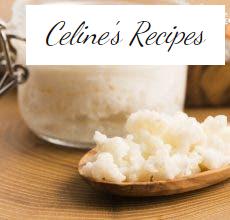
Kefir. Everything you need to know Ke what? KÉFIR!







